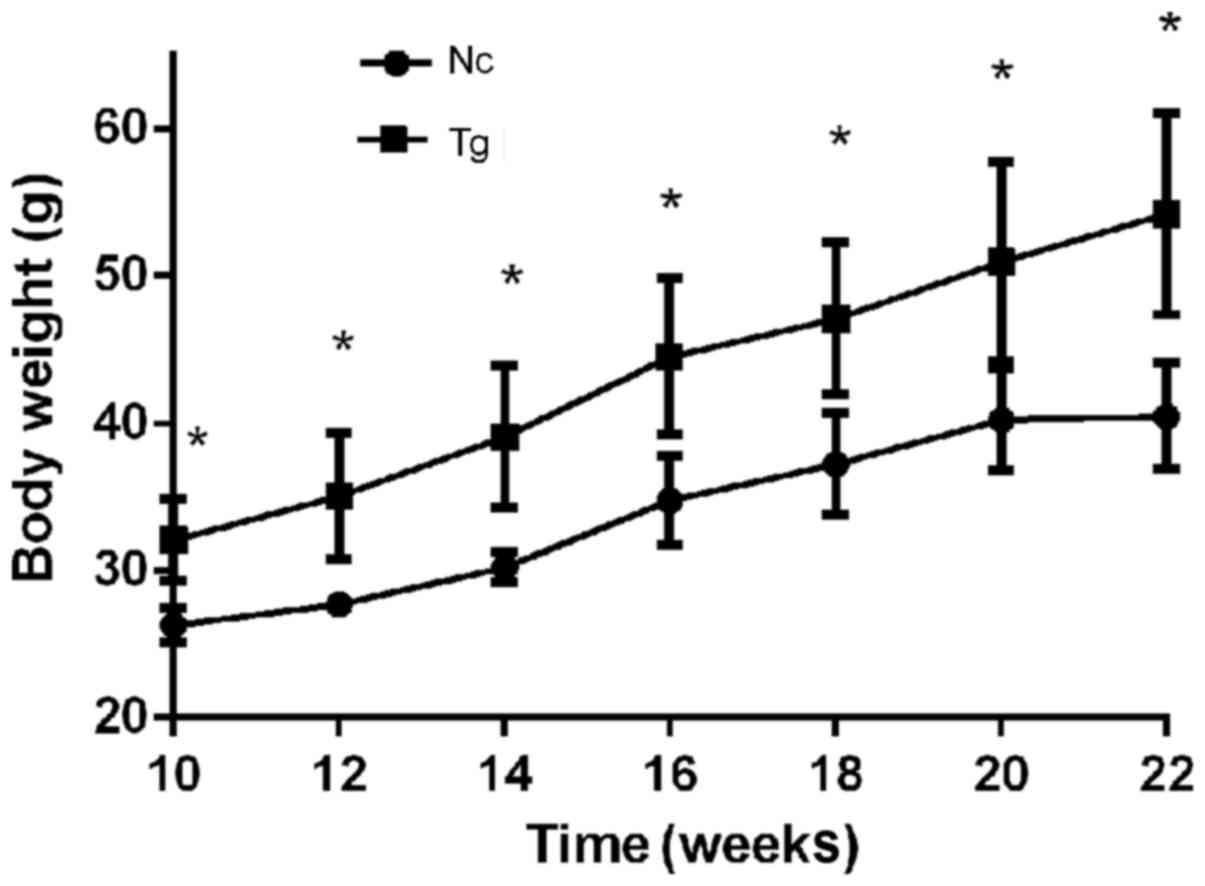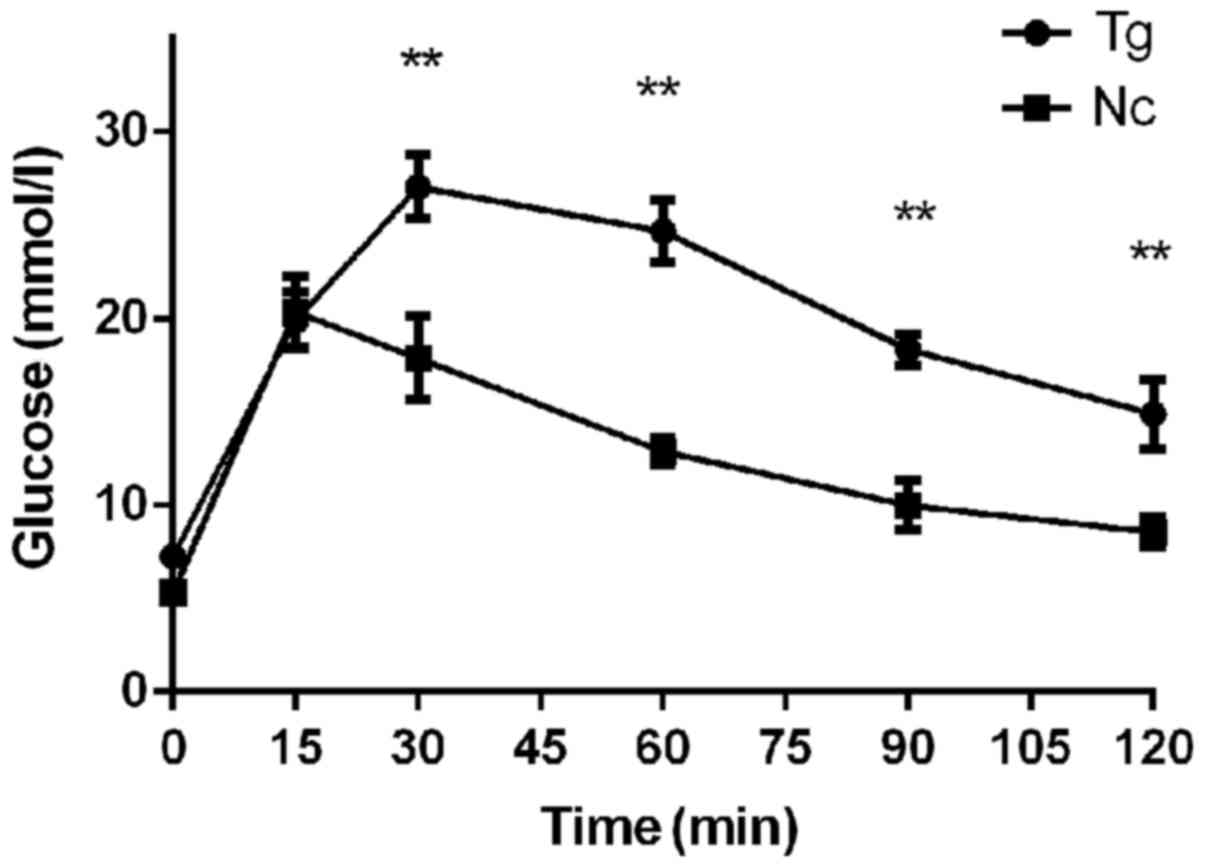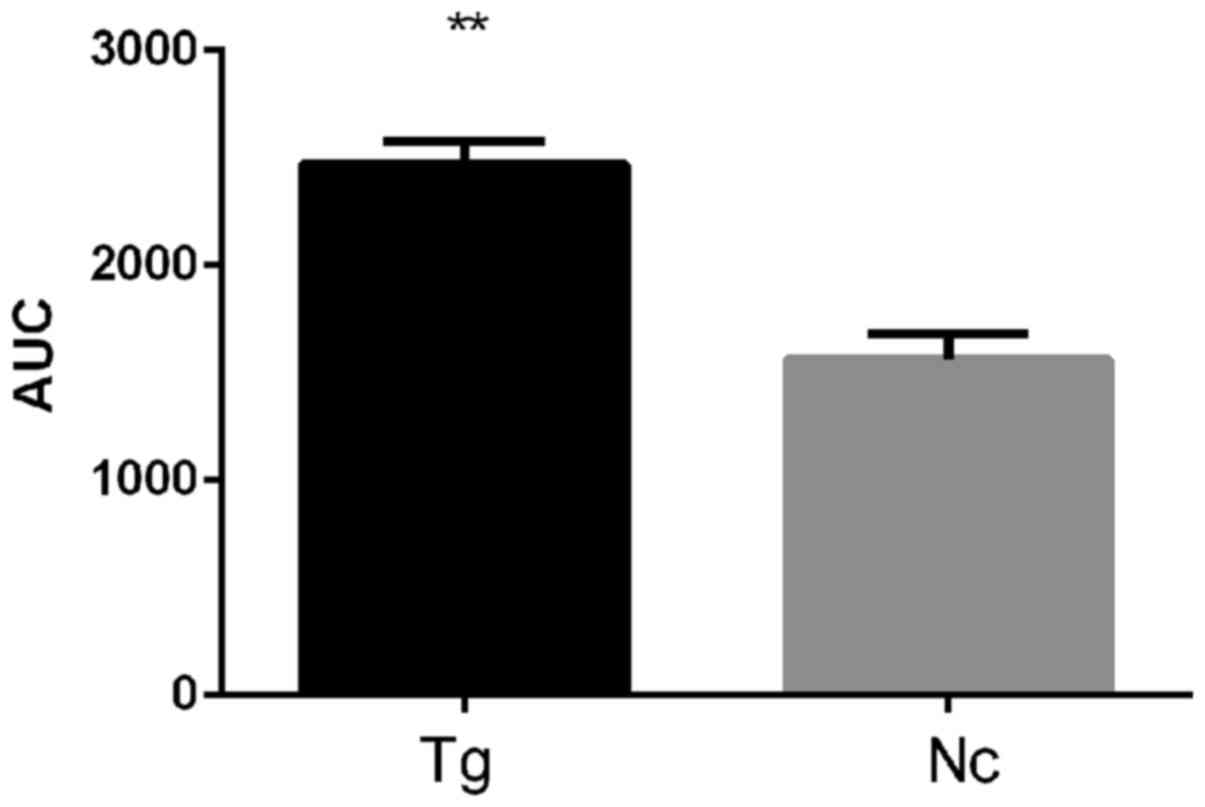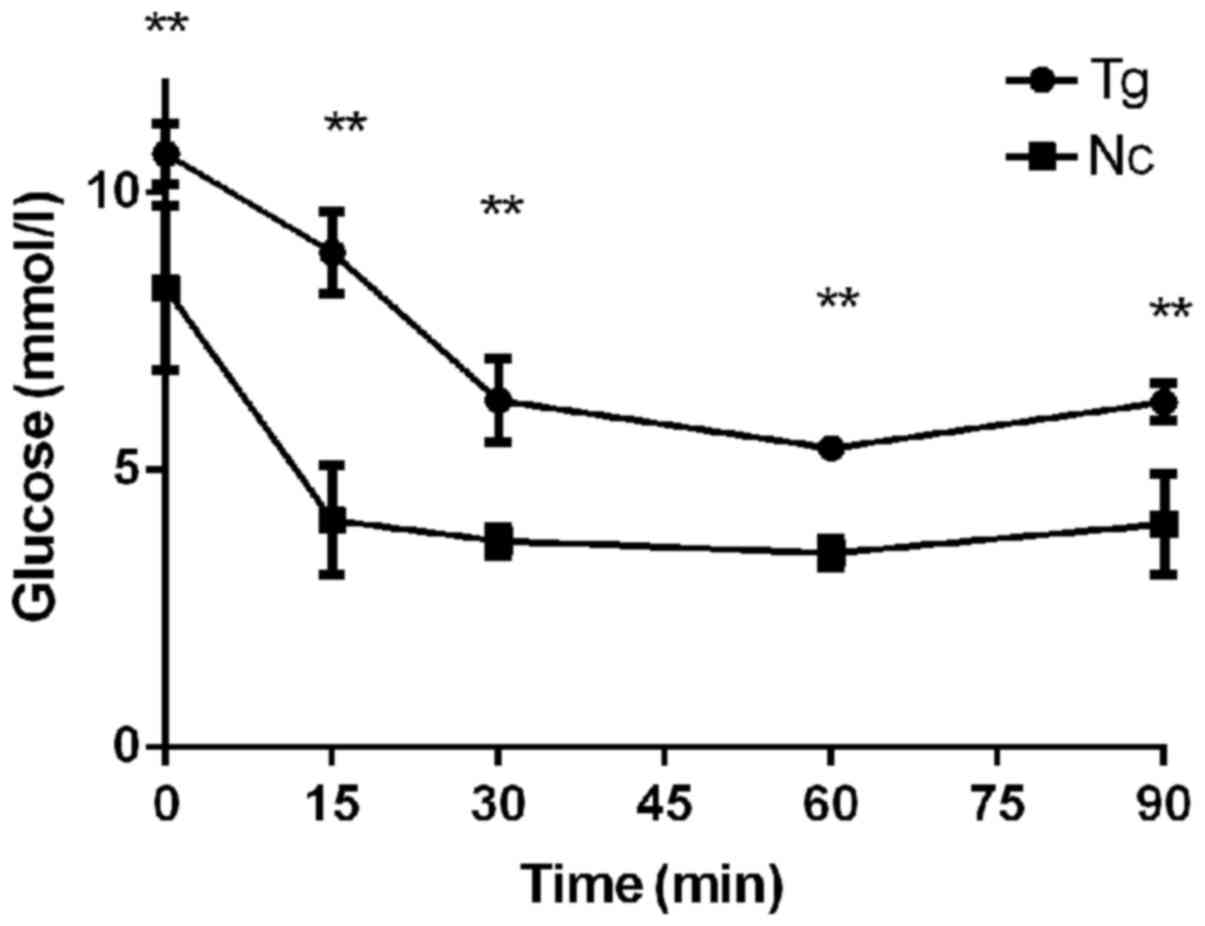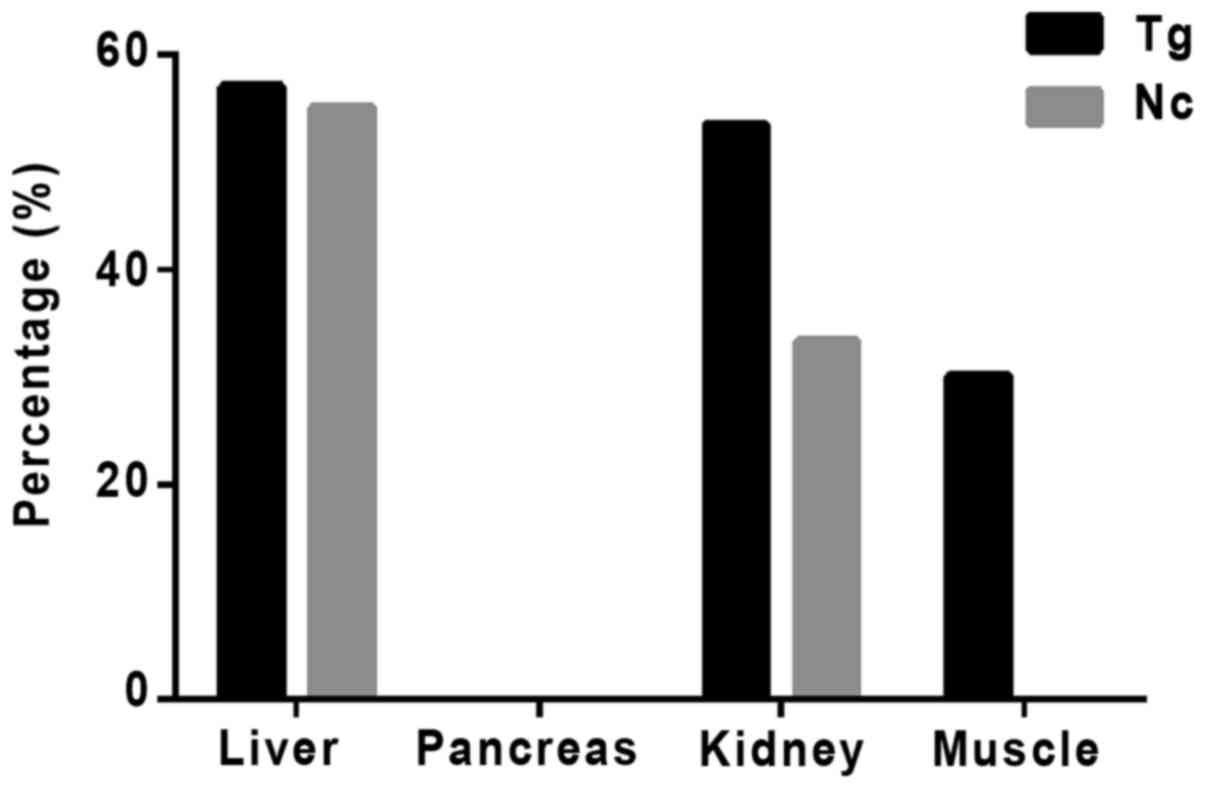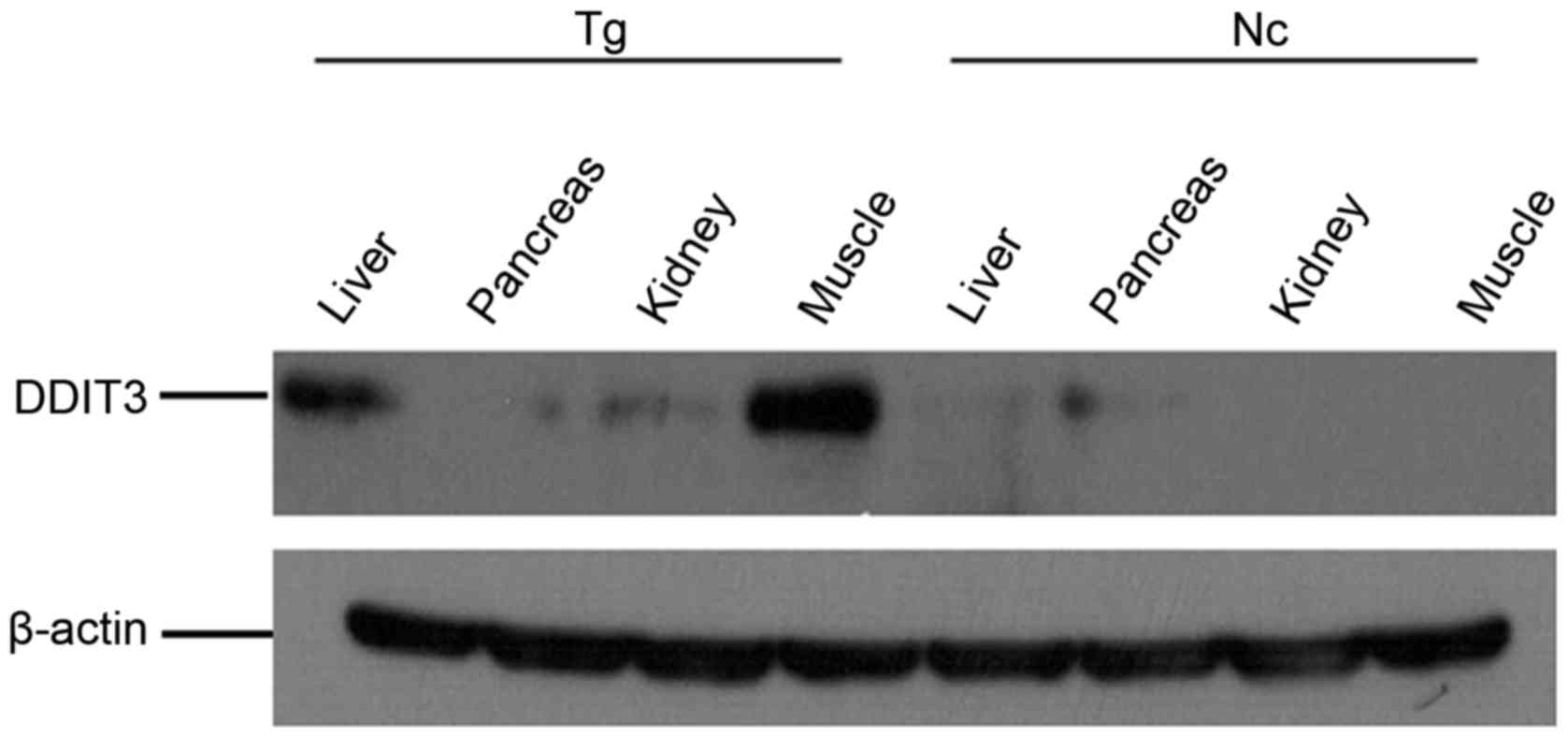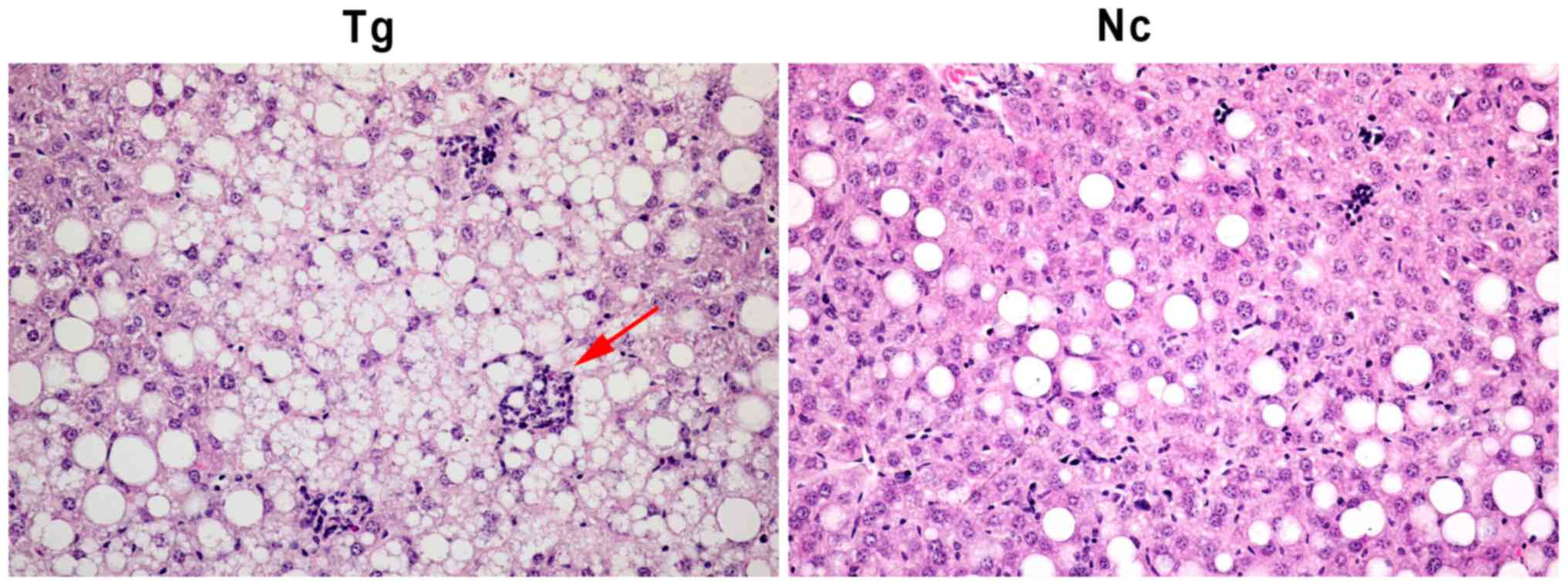|
1
|
Alberti KG, Eckel RH, Grundy SM, Zimmet
PZ, Cleeman JI, Donato KA, Fruchart JC, James WP, Loria CM, Smith
SC Jr, et al: Harmonizing the metabolic syndrome: A joint interim
statement of the International Diabetes Federation Task Force on
Epidemiology and Prevention; National Heart, Lung and Blood
Institute; American Heart Association; World Heart Federation;
International Atherosclerosis Society; and International
Association for the Study of Obesity. Circulation. 120:1640–1645.
2009. View Article : Google Scholar : PubMed/NCBI
|
|
2
|
Thomas GN, Ho SY, Janus ED, Lam KS, Hedley
AJ and Lam TH: Hong Kong Cardiovascular Risk Factor Prevalence
Study Steering Committee: The US National Cholesterol Education
Programme Adult Treatment Panel III (NCEP ATP III) prevalence of
the metabolic syndrome in a Chinese population. Diabetes Res Clin
Pract. 67:251–257. 2005. View Article : Google Scholar : PubMed/NCBI
|
|
3
|
Aguilar M, Bhuket T, Torres S, Liu B and
Wong RJ: Prevalence of the metabolic syndrome in the United States,
2003–2012. Jama. 313:1973–1974. 2015. View Article : Google Scholar : PubMed/NCBI
|
|
4
|
Sookoian S and Pirola CJ: Metabolic
syndrome: From the genetics to the pathophysiology. Curr Hypertens
Rep. 13:149–157. 2011. View Article : Google Scholar : PubMed/NCBI
|
|
5
|
Eckle RH, Grundy SM and Zimmet PZ: The
metabolism syndrome. Lancet. 365:1415–1428. 2005. View Article : Google Scholar : PubMed/NCBI
|
|
6
|
Lee MJ, Pramyothin P, Karastergiou K and
Fried SK: Deconstructing the roles of glucocorticoids in adipose
tissue biology and the development of central obesity. Biochim
Biophys Acta. 1842:473–481. 2014. View Article : Google Scholar : PubMed/NCBI
|
|
7
|
Seckl JR and Walker BR: Minireview:
11beta-hydroxysteroid dehydrogenase type 1 a tissue-specific
amplifier of glucocorticoid action. Endocrinology. 142:1371–1376.
2001. View Article : Google Scholar : PubMed/NCBI
|
|
8
|
Alberts P, Nilsson C, Selen G, Engblom LO,
Edling NH, Norling S, Klingström G, Larsson C, Forsgren M, Ashkzari
M, et al: Selective inhibition of 11 beta-hydroxysteroid
dehydrogenase type 1 improves hepatic insulin sensitivity in
hyperglycemic mice strains. Endocrinology. 144:4755–4762. 2003.
View Article : Google Scholar : PubMed/NCBI
|
|
9
|
Andrew R, Westerbacka J, Wahren J,
Yki-Järvinen H and Walker BR: The contribution of visceral adipose
tissue to splanchnic cortisol production in healthy humans.
Diabetes. 54:1364–1370. 2005. View Article : Google Scholar : PubMed/NCBI
|
|
10
|
Wang L, Liu J, Zhang A, Cheng P, Zhang X,
Lv S, Wu L, Yu J, Di W, Zha J, et al: BVT.2733, a selective
11beta-hydroxysteroid dehydrogenase type 1 inhibitor, attenuates
obesity and inflammation in diet-induced obese mice. PLoS One.
7:e400562012. View Article : Google Scholar : PubMed/NCBI
|
|
11
|
Masuzaki H, Paterson J, Shinyama H, Morton
NM, Mullins JJ, Seckl JR and Flier JS: A transgenic model of
visceral obesity and the metabolic syndrome. Science.
294:2166–2170. 2001. View Article : Google Scholar : PubMed/NCBI
|
|
12
|
Paterson JM, Morton NM, Fievet C, Kenyon
CJ, Holmes MC, Staels B, Seckl JR and Mullins JJ: Metabolic
syndrome without obesity: Hepatic overexpression of
11beta-hydroxysteroid dehydrogenase type 1 in transgenic mice. Proc
Natl Acad Sci USA. 101:7088–7093. 2004; View Article : Google Scholar : PubMed/NCBI
|
|
13
|
Tebbe CC and Vahjen W: Interference of
humic acids and DNA extracted directly from soil in detection and
transformation of recombinant DNA from bacteria and a yeast. Appl
Environ Microbiol. 59:2657–2665. 1993.PubMed/NCBI
|
|
14
|
Li L, Zhao Z, Xia J, Xin L, Chen Y, Yang S
and Li K: A Long-Term High-Fat/High-Sucrose Diet Promotes Kidney
Lipid Deposition and Causes Apoptosis and Glomerular Hypertrophy in
Bama Minipigs. PLoS One. 10:e01428842015. View Article : Google Scholar : PubMed/NCBI
|
|
15
|
Ozcan U, Cao Q, Yilmaz E, Lee AH, Iwakoshi
NN, Ozdelen E, Tuncman G, Görgün C, Glimcher LH and Hotamisligil
GS: Endoplasmic reticulum stress links obesity, insulin action, and
type 2 diabetes. Science. 306:457–461. 2004. View Article : Google Scholar : PubMed/NCBI
|
|
16
|
Targher G, Bertolini L, Padovani R,
Rodella S, Tessari R, Zenari L, Day C and Arcaro G: Prevalence of
nonalcoholic fatty liver disease and its association with
cardiovascular disease among type 2 diabetic patients. Diabetes
Care. 30:1212–1218. 2007. View Article : Google Scholar : PubMed/NCBI
|
|
17
|
Kim J, Jung EJ, Moon SS and Seo M:
Protective effect of carbenoxolone on ER stress-induced cell death
in hypothalamic neurons. Biochem Biophys Res Commun. 468:793–799.
2015. View Article : Google Scholar : PubMed/NCBI
|
|
18
|
Nannipieri M, Gonzales C, Baldi S, Posadas
R, Williams K, Haffner SM, Stern MP and Ferrannini E: Mexico City
diabetes study: Liver enzymes, the metabolic syndrome, and incident
diabetes: The Mexico City diabetes study. Diabetes Care.
28:1757–1762. 2005. View Article : Google Scholar : PubMed/NCBI
|




